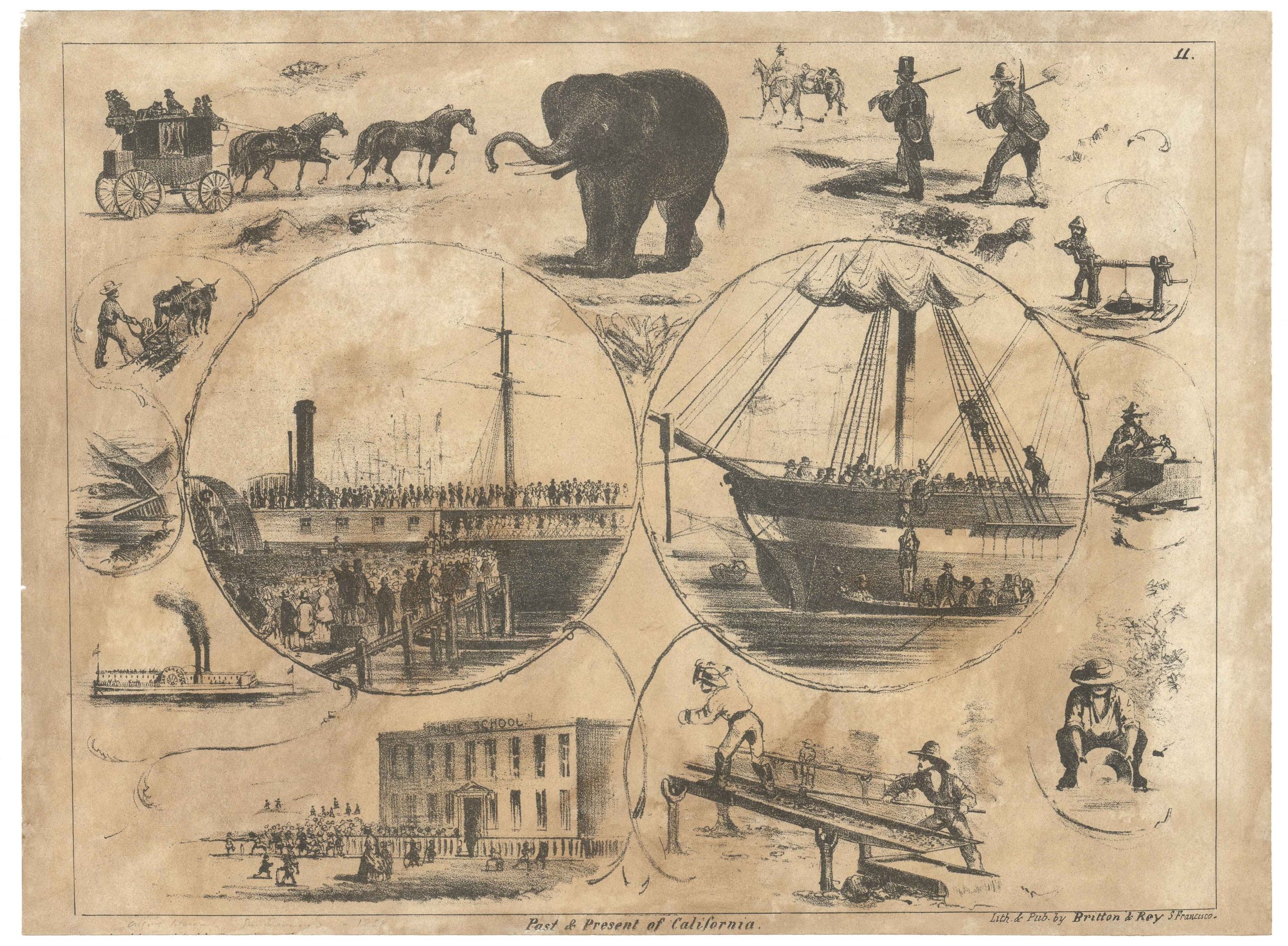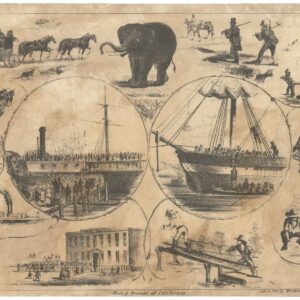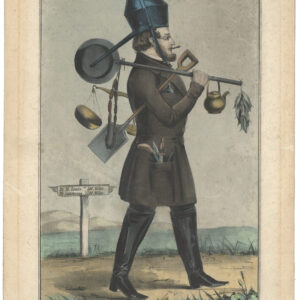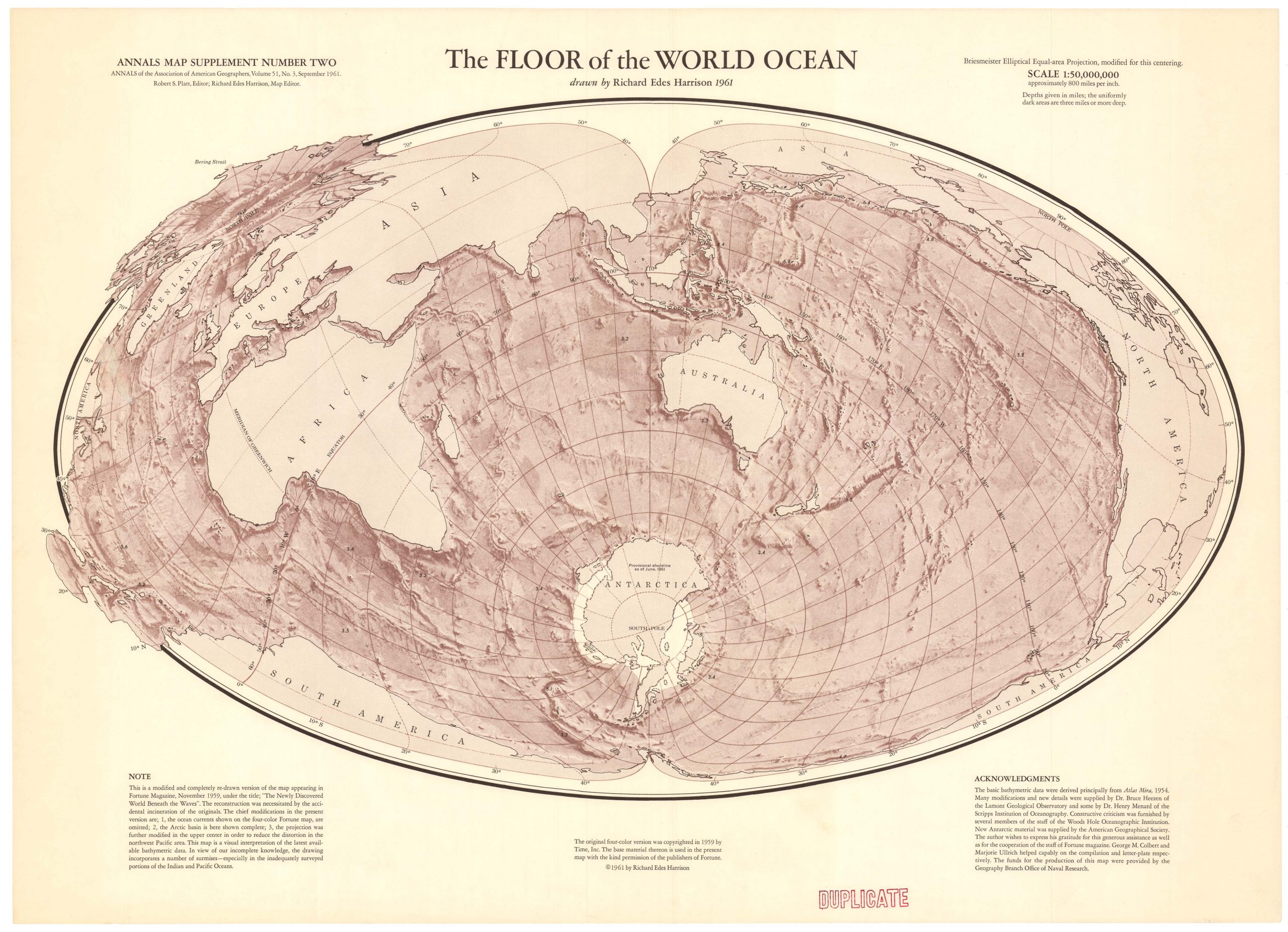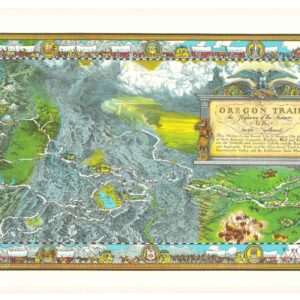The U.S. Geological Survey’s official Gold Rush map of Alaska and the Klondike.
The Gold and Coal Fields of Alaska, Together With The Principal Steamer Routes and Trails.
Out of stock
Description
In 1896, American prospector George Carmack and his indigenous family discovered gold in Alaska’s Klondike region. Even though word of the find spread rapidly, the remoteness and inaccessibility of the Klondike meant that prospectors only really began arriving in Alaska the following summer. By 1898, the influx of hopefuls from Canada, the U.S., and the rest of the world had become so massive that the need for new, dedicated, and detailed maps became blatantly manifest. This map constitutes the U.S. government’s response to that need.
This important early folding map of Alaska was produced in 1898 by the U.S. Geological Survey following the discovery of gold in the Klondike and the subsequent influx of prospectors and other fortune seekers to the region. The map is in keeping with other expanded Geological Survey maps from the period in that it builds on the original Coast Survey map from 1897 (i.e. chart T of the U.S. Coast and Geodetic Survey, which in turn was built on the Coast Survey map of 1890). However, this map has seen a considerable amount of new information added to it. The thematic focus is on Alaska’s abounding natural resources, as well as on the limited infrastructure available to access and extract such resources. As indicated in the title, the assets in question are mainly gold and coal.
Compiled as a topographical map with relief shown in hachure, our chart was printed as a color lithograph, allowing considerable nuance and detail to be embedded in the original template. The topographic detail is complimented by bright color swathes – especially reds – indicating deposits of gold or coal, as well as key infrastructure like trails, portage routes, and navigable straits. Some of the larger and perhaps less explored gold deposits, like the Birch Creek series and Forty-mile series, are shown in swathes of yellow and green and described simply as ‘gold bearing’ in the legend. The remoteness and enormity of some of these deposits were one of the major draws in the Klondike Gold Rush.
Yet finding the gold was not the only challenge. Even if one did, getting it out of the wilderness could almost be as demanding as finding and extracting it in the first place. Consequently, the other main feature of this map was to highlight the routes and trails that could be reliably used. These consist of an eclectic mix of seasonal steamship routes, some coastal railroad lines, routes suited for dog sleds or pack animals, and trails in which the only way to reach a claim was by foot. Among the inland routes, we note names such as Old Telegraph Route, the British Government Trail, Stikine Trail, Taku Trail, Skagway Trail, Chilkat Trail, and the Copper River Trail. Another route follows the Yukon River north from Canada.
In the lower-left corner of the sheet, we find two insets catering to those keen to get into the field. On the left, we have a map showing the ‘Trails from the tide water to the headwaters of the Yukon River,’ and on the right, a slightly smaller inset showing how the Klondike Gold deposits continue south into Canada along the Yukon River. The larger map does indeed extend far enough south to include the Yukon and the northern parts of British Columbia.
In addition to the natural resources that this map really is all about toting, the sheet is also a fine cartographic rendition of America’s northernmost state at the dawn of the 20th century. In addition to the ample topography and its thematic focus on gold, coal, and infrastructure, the map shows natural drainage, cities and towns, and access routes in and out of the region, such as the monthly mail steamer route to San Francisco.
Cartographer(s):
Created by an act of Congress in 1879, the United States Geological Survey (USGS) is a scientific agency under the U.S. government whose purpose is to investigate, survey, and map the United States territory, including natural resources and any potential threats to the depicted habitat. The organization has evolved over time, gradually adapting to the progress of science and technology.
The USGS is the only science-based agency under the Department of the Interior, and its responsibilities fall within the disciplines of biology, geography, geology, and hydrology. The USGS is considered the best authority on domestic questions relating to these subjects, and often their maps will cover several or all of these themes in the same chart.
Condition Description
Very good. Some splits along fold lines. Folds into hard covered report booklet, which is rebound and in excellent condition.
References

